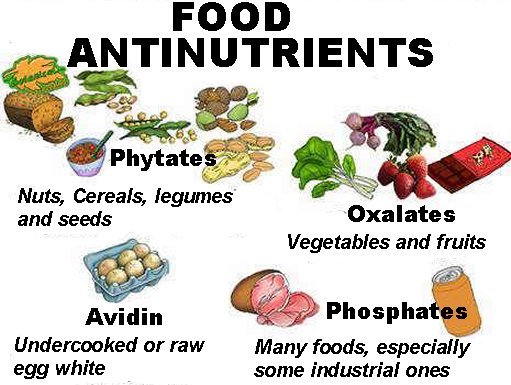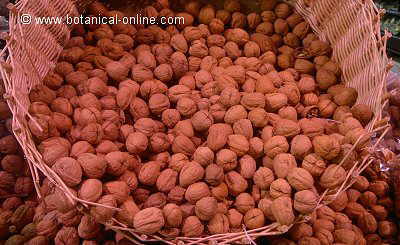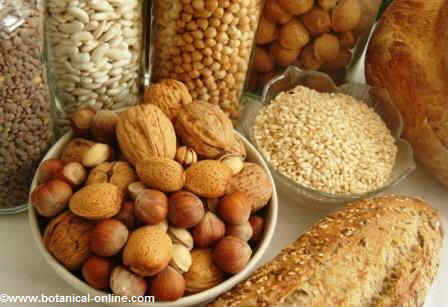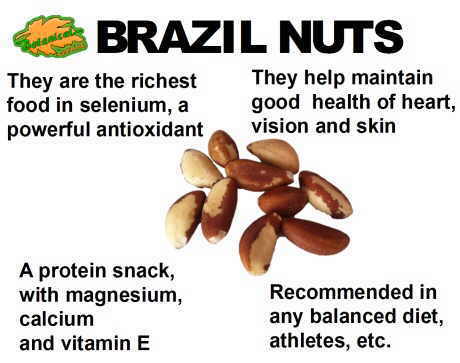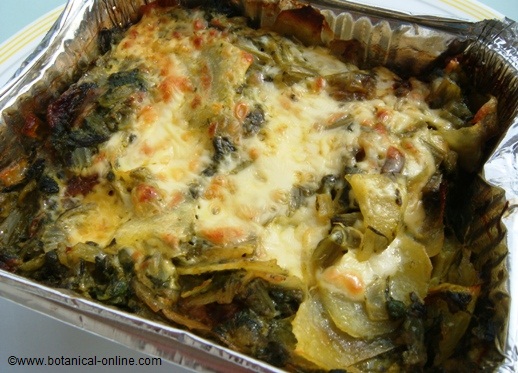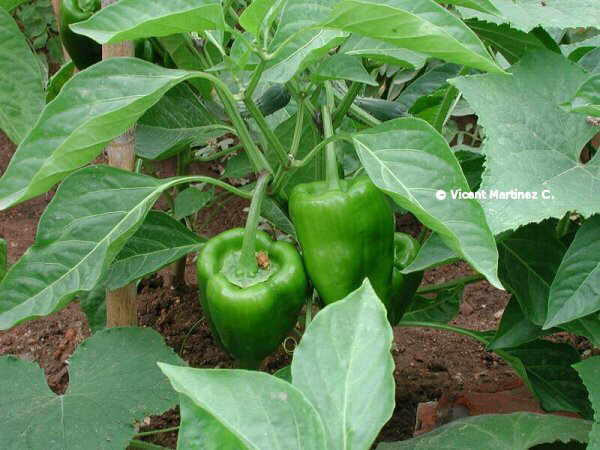Contents
Aflatoxins that appear in spices such as turmeric
What does it mean that turmeric has aflatoxins?
Aflatoxins are toxins produced by fungi. Turmeric is one of the spices that contains most of these toxins for this reason it is convenient to make reasonable use of it.
Aflatoxins problems
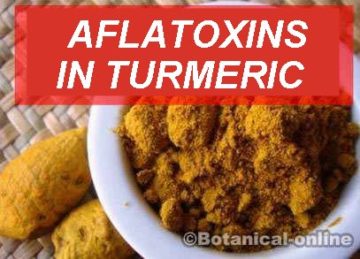
These substances are toxic and harmful to the body, especially for the liver and kidneys.
They damage the DNA or genetic material of the cells, so their continued consumption is related to an increased risk of liver and kidney cancer.
Why does turmeric have many aflatoxins?
Spices such as turmeric usually contain more aflatoxins than aromatic herbs because they have a very high water content.
During their conservation, these spices can be attacked by fungi, which generate these toxins. They are also spices that are produced in tropical countries, with a warm climate and high humidity, which further favors the growth of fungi during drying and conservation.
Which spices contain the highest amount of aflatoxins?
The analyzes show that turmeric, galangal, ginger, nutmeg, cayenne and other chiles (Capsicum spp.) contain a greater amount of mycotoxins (aflatoxins and ochratoxins) per 100g.
Remember ! Regulatory bodies in each country set maximum levels allowed, but once they enter the country, spices that have been poorly preserved contain more mycotoxins than the maximum allowed. For this reason it is important to buy properly packaged spices and not consume them if they have exceeded the expiration date.
Does this mean we don’t have to eat turmeric or other spices?
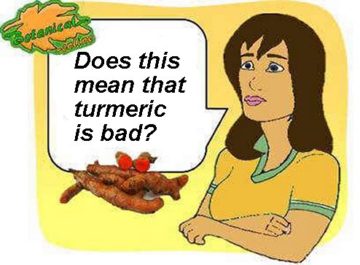
No, the fact that turmeric contains aflatoxins does not mean that it is harmful or that spices should not be taken.
As mentioned at the beginning of the article, responsible use should be made of turmeric and other spices. In the amounts that they are usually taken, they bring many more benefits than harms.
The high amount of mycotoxins is presented per 100g, and the use made of these spices is much lower.
It is also interesting to remember that spices that are poorly packaged, poorly preserved or expired have more mycotoxins. Therefore it is recommended to buy them properly packaged and in establishments that maintain maximum hygiene with their products. The same precaution should be taken with nuts and seeds, which also have a prominent mycotoxin content.
Local substitutes for tropical spices
We can also extract from here the return to the benefits of consuming the local aromatic herbs, which often fall forgotten in the kitchen.
Aromatic herbs have a very low mycotoxin content.
Often in countries where aromatic plants abound, excessive use is made of turmeric, pepper or ginger, to the detriment of other local herbs with the same properties, such as rosemary, thyme, epazote, savory, oregano, basil, saffron, etc.
Recipes that use too much turmeric
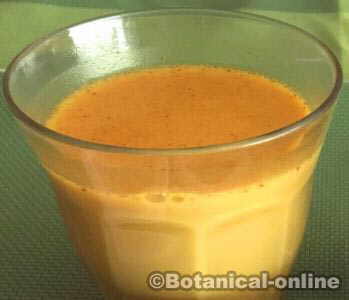
Recently, following the rise of this medicinal plant, there is a fashion to drink a lot of turmeric. Two examples are recipes such as “turmeric milk” or liver cleansing diets including 2 tablespoons daily or more of turmeric.
These are not recommended remedies, mainly because turmeric is effective in small doses, so it is not necessary to drink large glasses of turmeric to obtain its anti-inflammatory effects.
On the other hand, with this type of recipes you can ingest small amounts of aflatoxins for a long time, which is harmful since these components are removed very slowly from the body.
![]() More information on aflatoxins
More information on aflatoxins

